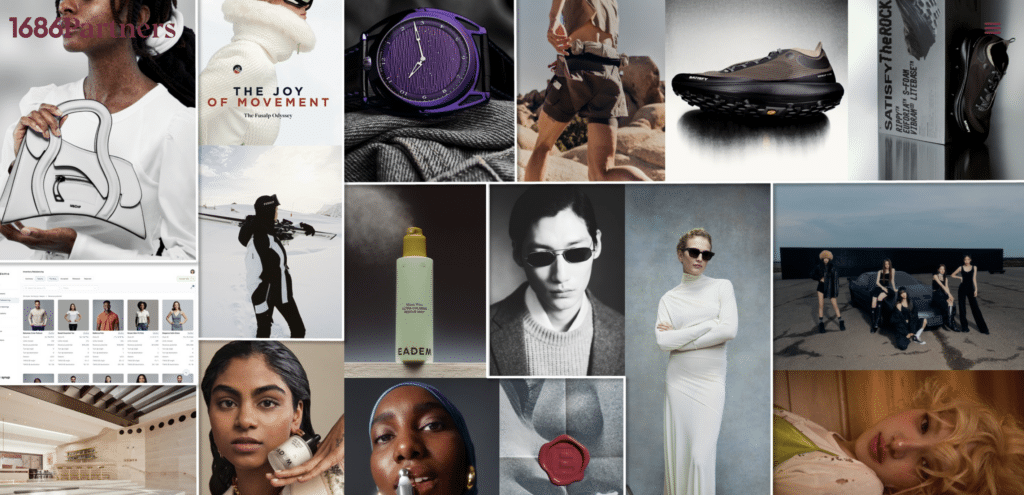This summer, Burberry revealed something interesting. Aside from reporting annual revenue of $3.61 billion in its 2017/18 annual report, the London-based brand declared that the “cost of finished goods physically destroyed in the year [thus far has been] $37.8 million,” that is up from the $35.6 million figure the brand cited for 2017. The number for 2018 includes $13.76 million in “Beauty inventory,” meaning that the rest is ready-to-wear products and accessories.
The disposal of unsold goods is a quiet but widespread industry practice used to protect brands’ images, at least in part from the tarnishment that comes from the grey market, by way of carefully controlling the conditions in which a brand’s wares are sold and the prices at which they are sold for (and potentially also as a way to reap cash back on already paid-for tariffs). Louis Vuitton and Cartier’s parent company Richemont, among other brands, have been tied to this practice.
As Bloomberg’s Elizabeth Howcroft wrote earlier this summer, in Burberry’s case, in particular, the revelation “shows that Burberry’s turnaround effort under Chief Executive Officer Marco Gobbetti,” who joined the brand from LVMH-owned Céline in January 2017, and designer Riccardo Tisci, who will make his debut in September, “remains unfinished business.” It was also a point of contention for shareholders of the 162-year old, who, according to Howcroft, had “environmental concerns” about the practice.
Now, the brand is changing its tune. Ahead of Riccardo Tisci’s debut this month, it has vowed to stop burning unsold products. The brand’s corporate account on Twitter posted the following message on Thursday, “Burberry is stopping the practice of destroying unsaleable products with immediate effect. This builds on our responsibility agenda to 2022, and is supported by our new strategy which is helping to tackle the cause of waste.” Moreover, in a press release the company confirmed that “it will no longer use real fur. There will be no real fur in Riccardo Tisci’s debut collection for Burberry later this month, and we will phase out existing real fur products.”
The brand has not revealed what it will do with unsold products going forward. Chances are, they will either be recycled in some form or filter through the off-price market, where many high fashion products already turn up after they do not sell in-season.














